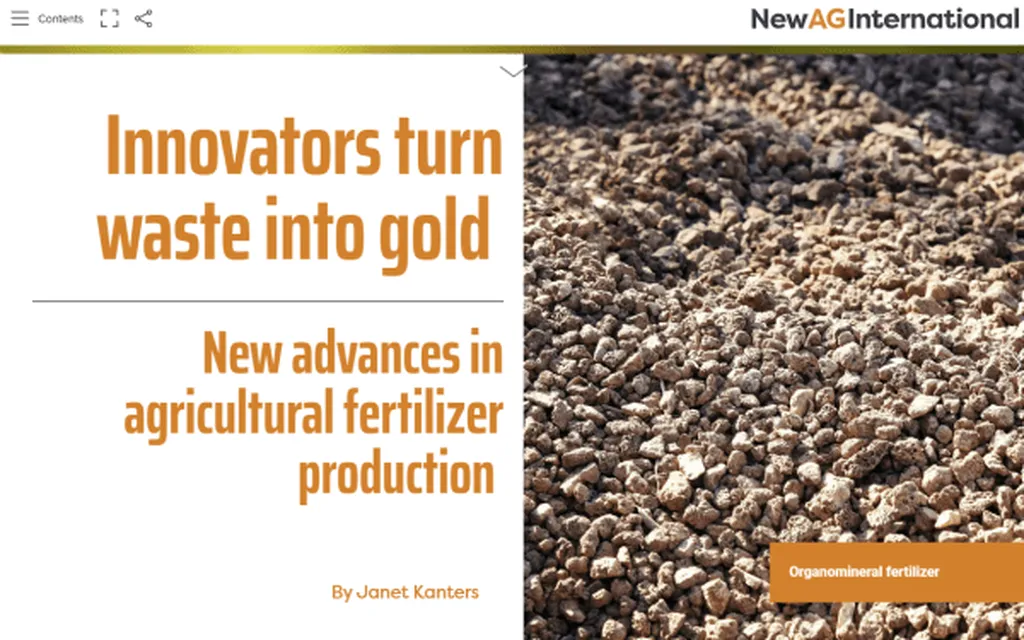In the heart of China’s Jilin Province, researchers have stumbled upon a novel way to turn a waste problem into a valuable resource, offering a glimmer of hope for the agro-industrial sector and the environment. Hongyan Li, a professor at the School of Municipal and Environmental Engineering, Changchun Institute of Technology, has led a team that has developed an innovative method to recover nutrients from corn starch wastewater, mitigating eutrophication and promoting resource recovery.
The deep-processing corn industry produces vast amounts of nutrient-rich wastewater, which, if left untreated, can exacerbate eutrophication in water bodies. Li and her team have introduced a sensor-integrated struvite crystallization method that recovers nitrogen (N) and phosphorus (P) from this wastewater, turning it into a slow-release fertilizer. “This method not only reduces the environmental impact but also creates a valuable product,” Li explained.
The team’s approach uses real-time pH and ion sensors to optimize conditions for struvite crystallization. They found that by maintaining a pH of 10.50, a magnesium-to-phosphorus ratio of 2.0, a temperature of 30°C, a reaction time of 35 minutes, and a stirring rate of 180 rpm, they could recover 98.52% of phosphorus and high rates of nitrogen. This method reduces chemical inputs by 30% and sludge production by 40% compared to other systems like biochar and algal systems.
The commercial implications of this research are significant. The agro-industrial sector could potentially reduce its wastewater treatment costs while generating an additional revenue stream from the sale of the recovered struvite as fertilizer. Moreover, the energy sector could benefit from the reduced environmental impact, as eutrophication mitigation is a critical aspect of sustainable energy production.
Li’s team validated the efficacy of struvite as a slow-release fertilizer through pot experiments, demonstrating its ability to enhance vegetable growth. This finding opens up new possibilities for the agricultural sector, which could benefit from a more sustainable and effective fertilizer.
The research, published in the journal ‘Frontiers in Water’ (which translates to ‘Water Frontiers’ in English), offers an innovative and eco-friendly solution for managing agro-industrial wastewater. It mitigates eutrophication and promotes resource recovery in the corn-processing industry, setting a precedent for other industries to follow.
As we look to the future, this research could shape the development of more sustainable and efficient nutrient recovery methods. It could also inspire further innovation in the field of wastewater treatment, leading to a more circular economy where waste is minimized, and resources are maximized. In the words of Li, “This is just the beginning. There’s so much more we can do to turn waste into wealth.”

